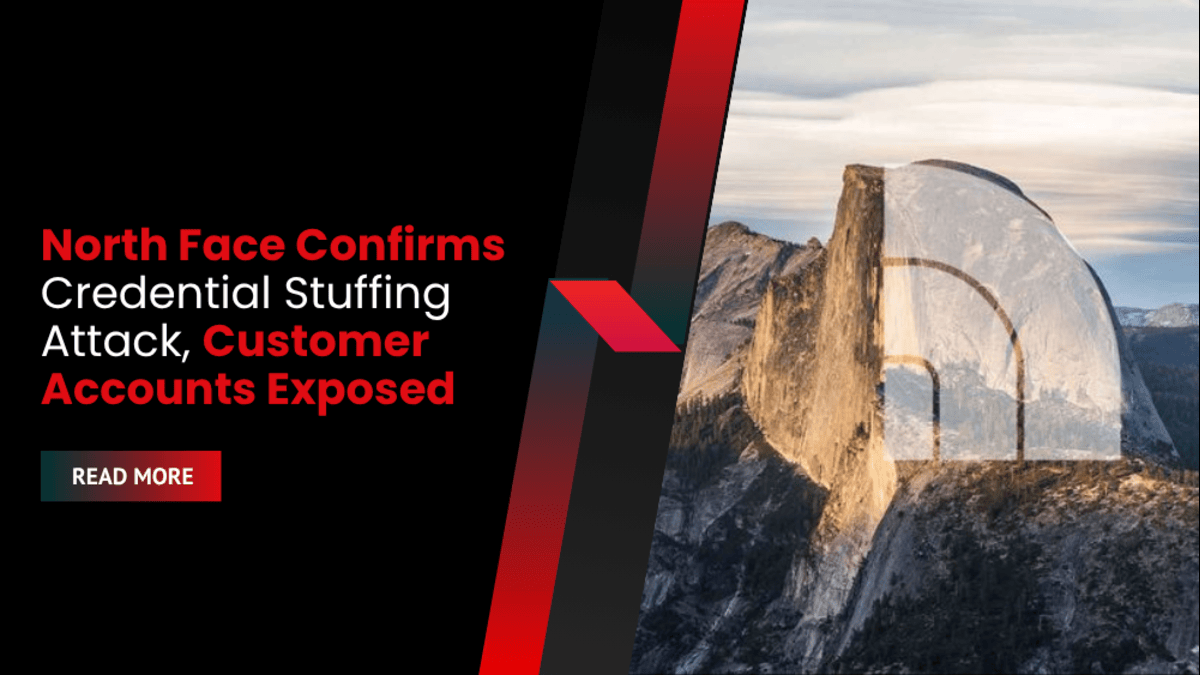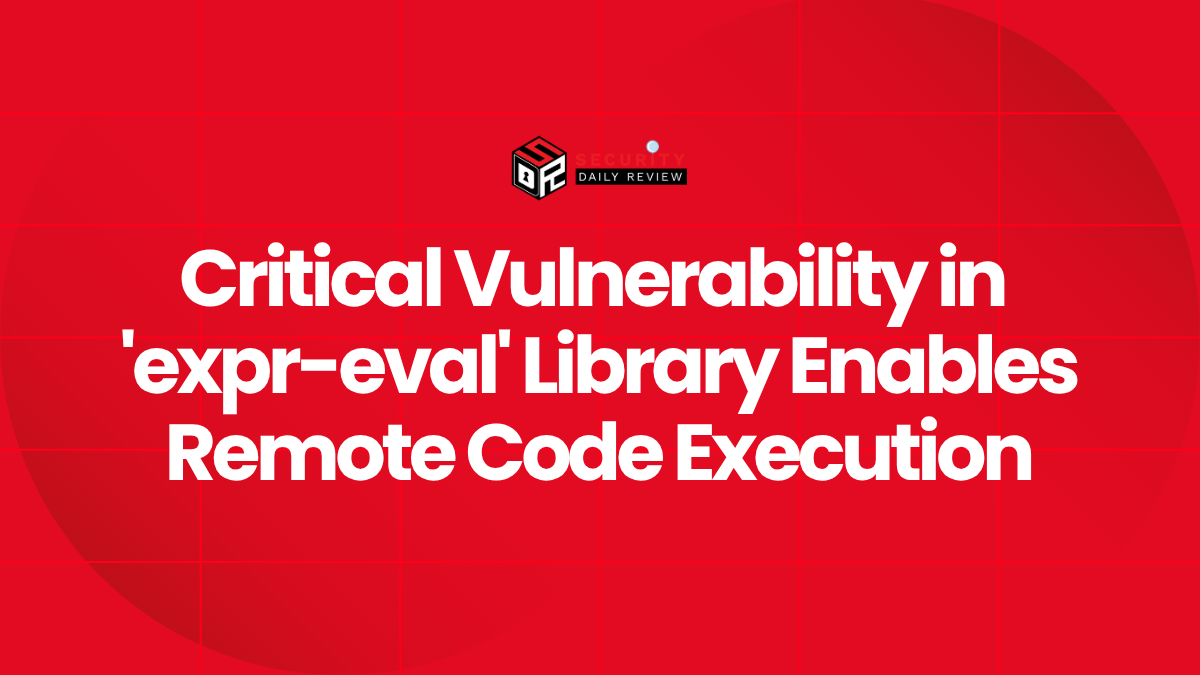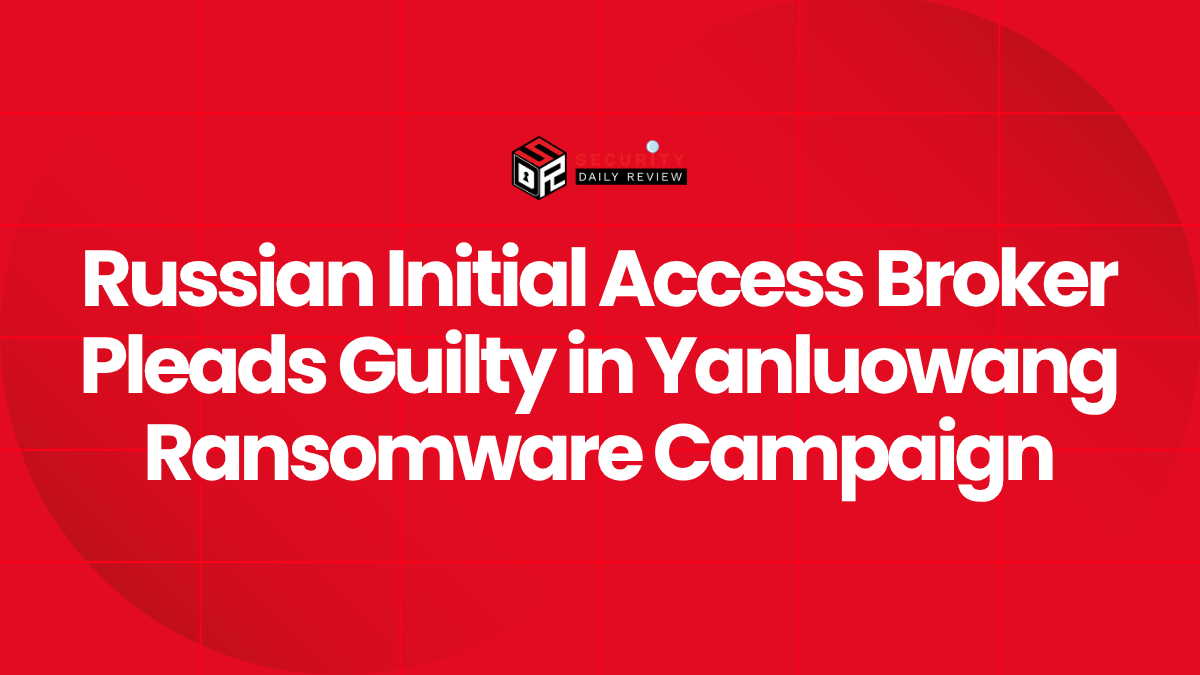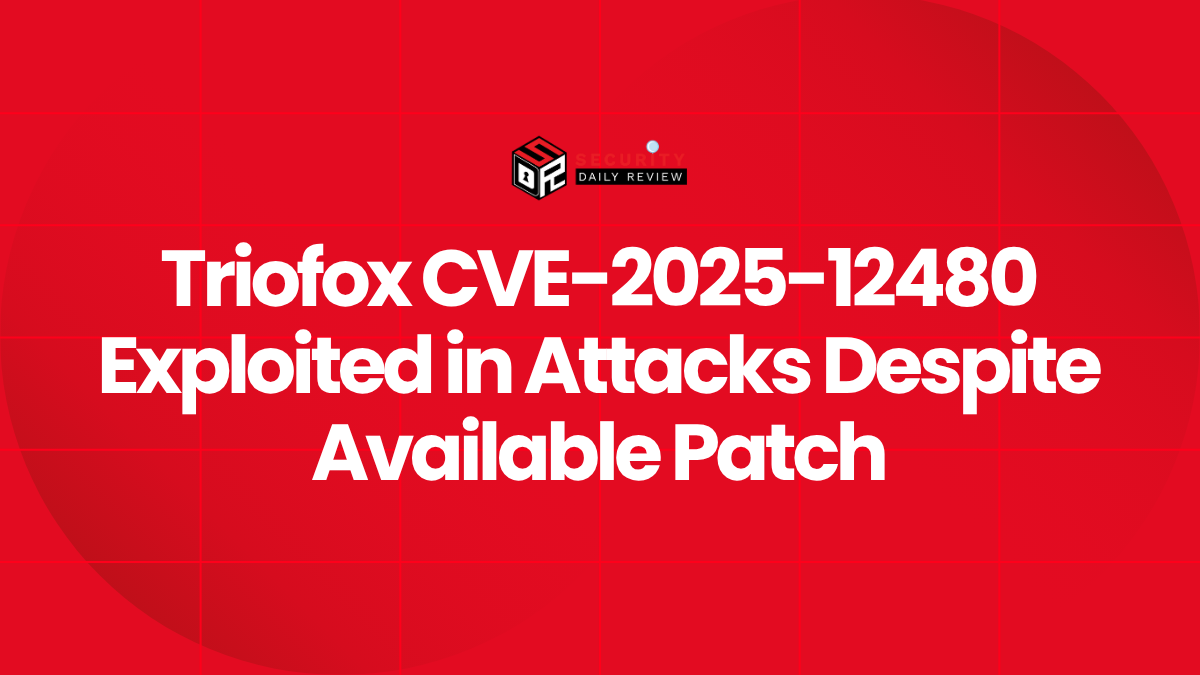The cybersecurity landscape is on the brink of a revolution—one driven by the exponential power of quantum computing. While today’s encryption keeps data safe from traditional cyber threats, tomorrow’s quantum machines may unravel those defenses in seconds. That’s why businesses must begin preparing now with a quantum-ready strategy centered around post-quantum security and quantum-resistant encryption.
In this blog, we’ll explain everything you need to know about quantum hacking, the looming threats it poses, and how to future-proof your organization with quantum-safe cryptography. We’ll also dive into why adopting post-quantum encryption isn’t just about surviving the next wave of cybersecurity threats, but gaining a strategic advantage in data protection.
What Is Quantum Hacking?
Quantum hacking refers to the use of quantum computers to break modern cryptographic algorithms. Unlike classical computers, which use bits that are either 0 or 1, quantum computing leverages qubits—units that can be both 0 and 1 simultaneously (superposition). This enables quantum computers to solve complex mathematical problems exponentially faster.
That sounds like a breakthrough, but it also introduces new data security risks. Algorithms like RSA and ECC, which secure nearly all online communications, banking, and digital identities, rely on mathematical complexity—such as factoring large prime numbers or solving discrete logarithms. Quantum algorithms, like Shor’s algorithm, can solve these problems efficiently, threatening to render today’s encryption obsolete.
Why Post-Quantum Security Matters Now
Many businesses assume that quantum threats are still years away. However, cybersecurity experts warn of a “harvest now, decrypt later” scenario—where bad actors collect encrypted data today, anticipating the ability to decrypt it in the quantum future.
Here’s why post-quantum security is an urgent priority:
- Quantum Computing Threats Are Accelerating: Governments and tech giants are investing billions in quantum R&D. When quantum systems achieve stability and scale, current encryption will fail.
- Post-Quantum Encryption Future-Proofs Sensitive Data: Quantum-safe algorithms ensure that today’s data remains protected even years down the line.
- Cybersecurity Threats Are Growing: With rising ransomware, espionage, and data breaches, organizations can’t afford to gamble on outdated encryption.
- Quantum-Safe Security Standards Are Emerging: Regulatory bodies like NIST are finalizing standards for post-quantum cryptography, soon making it mandatory for certain sectors.
Key Terms You Need to Know
Before diving deeper, let’s clarify key concepts:
| Term | Definition |
|---|---|
| Post-Quantum Security | Cybersecurity designed to resist attacks from quantum computers. |
| Quantum-Resistant Encryption | Encryption algorithms safe against quantum decryption. |
| Post-Quantum Cryptography | A branch of cryptography focused on quantum-resilient algorithms. |
| Quantum-Safe Encryption | Any encryption that remains secure in a quantum computing environment. |
| Cryptographic Resilience | The ability of encryption systems to withstand evolving threats, including quantum ones. |
Evaluating the Risks: What Quantum Hacking Means for Your Business
Quantum hacking isn’t just a theoretical risk—it has tangible implications for industries like finance, healthcare, government, and critical infrastructure.
Immediate threats include:
- Data theft for future decryption
- Breakdown of secure communications
- Loss of digital signatures and trust
- Regulatory non-compliance
- Reputational and financial damage
Even before quantum computing becomes fully operational, adversaries may leverage hybrid attacks that blend classical and emerging techniques. That’s why post-quantum security planning must begin now.
Adopting Quantum-Safe Encryption: A Step-by-Step Strategy
Implementing a quantum-ready strategy doesn’t require an overnight transformation. Here’s a practical roadmap to build quantum-safe security into your infrastructure:
1. Evaluate Current Encryption Protocols
- Inventory all cryptographic tools across applications, databases, and cloud services.
- Identify encryption methods vulnerable to quantum attacks (RSA, ECC, etc.).
- Conduct data security risk assessments to prioritize mission-critical assets.
2. Choose Quantum-Resistant Cryptographic Algorithms
- Adopt NIST-recommended post-quantum cryptography standards (e.g., CRYSTALS-Kyber, Dilithium).
- Test quantum-safe algorithms in parallel environments.
- Avoid custom or unvetted cryptographic tools.
3. Integrate Quantum-Safe Encryption into Core Systems
- Update TLS, VPNs, and secure email protocols.
- Replace outdated digital signature systems with quantum-safe cryptography.
- Work with cloud providers that offer quantum-safe encryption options.
4. Develop a Long-Term Quantum-Ready Strategy
- Include quantum-resistant cryptography in your business continuity and disaster recovery plans.
- Align with quantum-safe security standards and upcoming regulations.
- Engage board-level stakeholders on quantum risk awareness.
5. Collaborate with Cybersecurity Experts
- Partner with vendors specializing in quantum-safe encryption.
- Participate in industry groups like the Global Risk Institute’s Quantum-Safe Canada initiative.
- Stay informed about developments in quantum computing threats.
The Advantages of Being Quantum-Ready
Proactively adopting post-quantum encryption doesn’t just reduce risk—it provides a competitive edge.
Key benefits include:
- ✅ Long-Term Data Protection: Encrypt once, protect forever—even in the quantum era.
- ✅ Regulatory Compliance: Meet emerging global standards for post-quantum security.
- ✅ Client Confidence: Demonstrate leadership in next-gen cybersecurity threats protection.
- ✅ Cryptographic Resilience: Withstand hybrid attacks that mix classical and quantum methods.
- ✅ Future-Proof Architecture: Simplify future migrations by adopting modular encryption frameworks now.
What Is CryptoNext and Why It Matters
One company leading the charge in this space is CryptoNext, a pioneer in quantum-safe encryption solutions. Their tools help organizations scan existing encryption, identify weaknesses, and transition to quantum-resistant encryption algorithms.
CryptoNext’s strategy includes:
- Audit existing cryptographic infrastructure
- Deploy PQC-ready libraries
- Run hybrid encryption for smooth transition
- Support compliance with international standards
Their efforts showcase how businesses can prepare today for tomorrow’s quantum computing threats—and do so without disrupting operations.
Why Waiting Is Not an Option
The transition to post-quantum security will take years—and quantum breakthroughs could arrive faster than expected. Adopting quantum-safe cryptography now ensures your business isn’t scrambling when legacy encryption breaks.
As with all transformative technologies, the leaders of tomorrow are the ones who act today. Don’t get caught unprepared when quantum hacking moves from theory to reality.
Preparing for the Quantum Future: A Call to Action
The race to adopt post-quantum security isn’t a technological luxury—it’s a survival imperative. Organizations that recognize the threats posed by quantum computing and act now will be in a much stronger position when quantum systems become mainstream.
Here’s how to get started today:
🔐 Immediate Actions You Can Take
- Perform a cryptographic inventory: Understand what encryption algorithms you’re using across your IT ecosystem.
- Prioritize sensitive assets: Focus your quantum-safe encryption efforts where breaches would cause the most damage—such as financial transactions, personal health data, and trade secrets.
- Build a transition timeline: Don’t wait for standards to be enforced. Start phasing in quantum-resistant encryption ahead of the curve.
- Educate your teams: Help your leadership and IT staff understand what quantum hacking means and how it affects your sector.
Post-Quantum Security Standards: What You Need to Know
As the need for quantum-safe cryptography increases, so does the push for unified frameworks and regulations. The National Institute of Standards and Technology (NIST) is leading the charge by selecting new post-quantum cryptography algorithms.
🌐 Current and Emerging Standards:
- NIST PQC Project: Final round selections like CRYSTALS-Kyber for key encapsulation and Dilithium for digital signatures are likely to become global standards.
- ETSI and ISO Initiatives: The European Telecommunications Standards Institute and International Organization for Standardization are building quantum-ready frameworks.
- Quantum-Safe Security Standards: These will eventually be mandated for sectors such as finance, healthcare, defense, and telecom.
Aligning with these frameworks now will save money, time, and compliance headaches down the road.
Industry Use Cases: Where Post-Quantum Security Is Already in Play
Early adopters are already moving toward quantum-resistant cryptography. Here are some real-world examples:
🏦 Financial Services
- Banks and payment processors are running hybrid pilots using both traditional and post-quantum encryption.
- They’re testing quantum-safe TLS protocols for secure online banking.
🏥 Healthcare
- Hospitals and insurers are protecting electronic health records using quantum-safe encryption.
- Quantum resilience ensures long-term privacy of medical histories.
🛰 Government & Defense
- Defense contractors and intelligence agencies are safeguarding national secrets against quantum computing threats.
- Governments are enforcing compliance with quantum-safe security standards in sensitive departments.
Summary: Why Post-Quantum Security Cannot Wait
Quantum computing is advancing quickly—and with it, the risks to today’s cryptographic systems. If your business relies on encryption (and whose doesn’t?), you need to start the migration to quantum-safe encryption now.
Here’s what you gain by acting today:
- ✅ Protect data from harvest now, decrypt later attacks
- ✅ Comply with upcoming quantum-safe security standards
- ✅ Maintain trust with clients, partners, and regulators
- ✅ Lead your industry in cybersecurity threat mitigation
- ✅ Safeguard your digital assets for the next decade and beyond
Whether you’re a multinational enterprise or an SME, building a quantum-ready strategy ensures that you’re not just surviving the coming cryptographic revolution—you’re thriving in it.
FAQs: Post-Quantum Security & Quantum Hacking
❓What is post-quantum security?
Post-quantum security refers to cryptographic techniques designed to withstand attacks from quantum computers, protecting data against quantum hacking.
❓How does quantum hacking threaten current encryption?
Quantum computers can break traditional encryption like RSA and ECC by solving complex mathematical problems much faster than classical computers.
❓What is quantum-resistant encryption?
Quantum-resistant encryption includes algorithms that remain secure against decryption by quantum systems. These are currently being standardized by bodies like NIST.
❓Is quantum-safe encryption available now?
Yes. Companies like CryptoNext offer quantum-safe encryption tools that can be integrated into existing infrastructure to enhance data security resilience today.
❓Why should I care about quantum computing threats?
Ignoring quantum computing threats puts your sensitive data at risk of future breaches, especially in sectors with long data lifecycles like healthcare, banking, and government.
❓What’s a quantum-ready strategy?
A quantum-ready strategy involves preparing your organization for a future where quantum computers can break today’s encryption. It includes auditing, adopting quantum-safe cryptography, and planning a phased transition.









